Startups are all the rage these days. From simple Socio-enterprise startups, to software startups of apps and service people from all walks of life are creating startups . Entrepreneurs are also provided with a myriad of ways to fund their projects. Finding investors and a potential audience has never been easier with the internet and social media helping to spread ideas and word quickly across the globe. This kind of funding is unparalleled in the history of Mankind. Granted that the benefits of these types of technology is widespread, there is always a negative side to everything and in this post we will be looking at the ugly side of crowdfunding.
Scam Startups??
When I say scam startups, what do I really mean? Well if you haven't been living under a rock, you would have seen the headline-making "revolutionary" products that are crowdfunding on Kickstarter. Some of those products are really good, but others are pure scams. Here's a list of just a few of them.
Part 1: Toaster
Part 2: Electronics
Part 3: Software
Part 4: Conclusion
In this penultimate installment to the reflow oven project, we will wrap up by quickly going through some basics of the final hardware assembly and the software.
Insulation
Insulation is a important concern when you are building a reflow oven. If poor attention is given to insulation, you might end up reflowing your control electronics along with the other board. I implemented insulation by putting all the sensitive electronics into a cardboard box.
![]()
Power
Another important concern is the power for the arduino and the processing board. I implemented that by hacking a 5V 2A power supply and converting 240AV to 5VDC in the toaster. This 5VDC can then be used to power the electronics.
Software
The software is critical to this project. Every reflow oven goes through 3 main phases. These phase
Part 1: Toaster
Part 2: Electronics
Part 3: Software
Part 4: Conclusion
In this second installment of the solder reflow oven series, I'll be going over the electronics that makes it work. The solder reflow oven can be split into 3 main sections.
Temperature Detection
The first section is the temperature detection. The temperature detection at this kind of high temperatures (around 250°C) requires the use of a thermocouple to work. This is because a thermistor doesn't work at high temperatures. The thermocouple I obtained was from SparkFun and was a type K thermocouple. As a typical microcontroller cannot directly read the output of this thermocouple, it is necessary to have an external circuit to process the thermocouple voltages. Fortunately, SparkFun also sells a MAX31855K breakout board which I also grabbed.
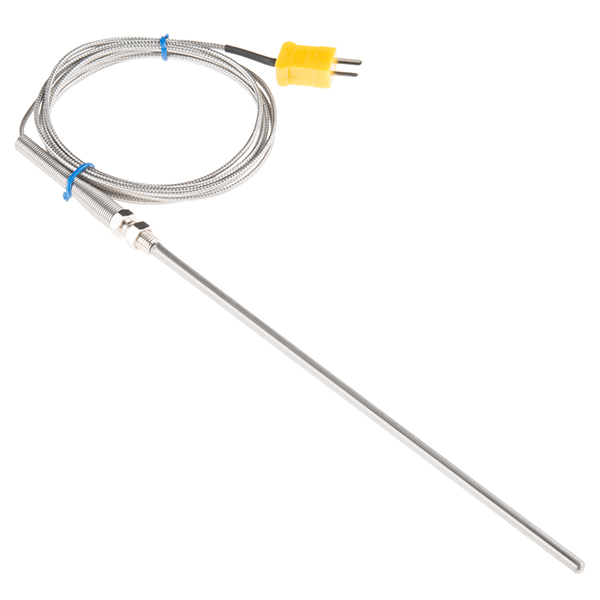
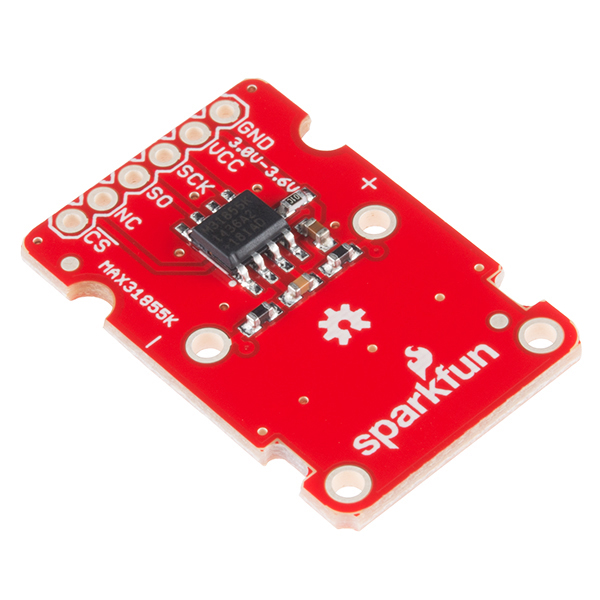
Heating Element Control
The second section is the control method. To manipulate the temperature inside the oven, we need to toggle the power to the heating elements. For this,
For SAFMC 2016, we built a custom frame to accommodate what we needed. I call it the Tic Tac Toe.
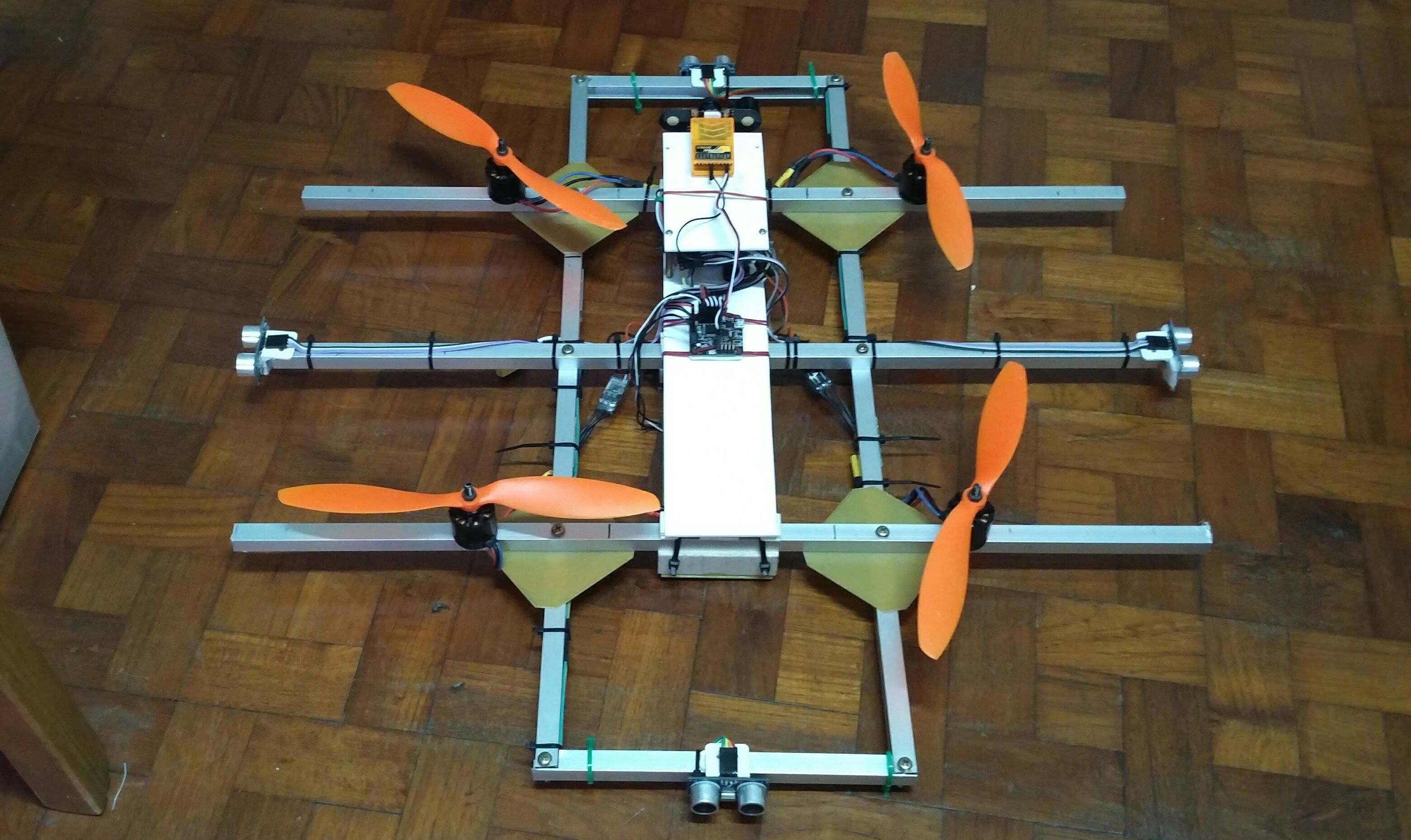
Navigation
Before working on the frame, we first decided on a navigation system. To avoid reinventing the wheel, we chose a Naze32 to provide basic flight stabilization for our quad. It is tried and proven to be reliable, especially with an open source firmware with active development.
Onboard accelerometers and gyros allow the Naze32 to provide stabilization for the quad. It is most often used for RC micro race quads (watch out for a post!). Higher level navigation will mimic an RC input into the Naze32, hence controlling the attitude of the craft.
Working on a budget, we decided to give ultrasonic sensors a try. Data from the sensors is processed by the onboard Pi with a custom algorithm to provide instructions for the Naze32.
Frame
Hence with the navigation system set, we built our frame around that. The concept of the tic tac toe frame came about when we realised it could solve a few
This is it. It has finally been one year since the SentiBot's project launched. This project is older than the existence of MakerForce itself. Let's take a look at some memorable moments from the past year.
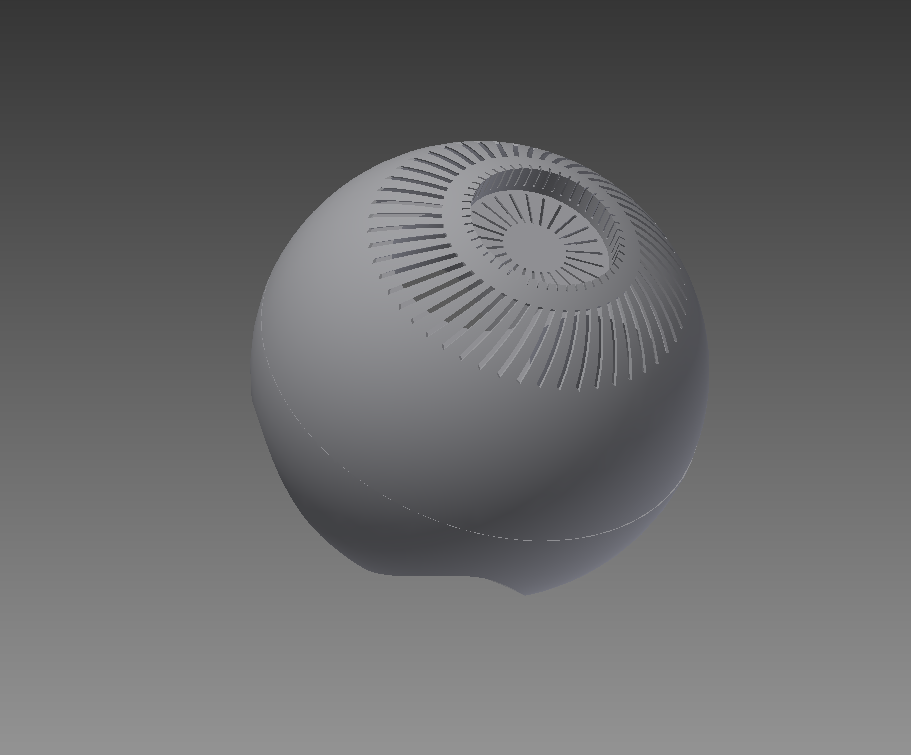
This was the first ever prototype model created of SentiBots. It has evolved into a completely different model today.
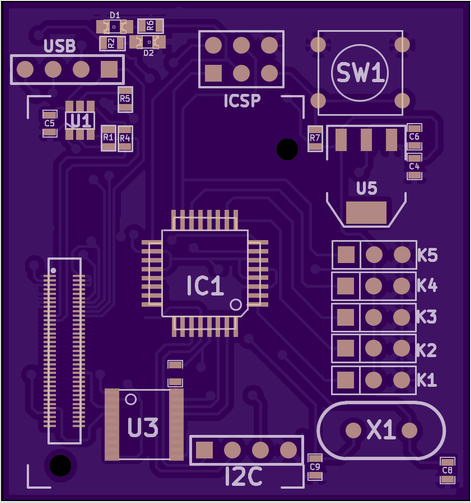
Here is an early snapshot of the EdiPlane PCB created last year. We very quickly realized that a spherical shape is just pointless and makes it hard to mount stuff inside.
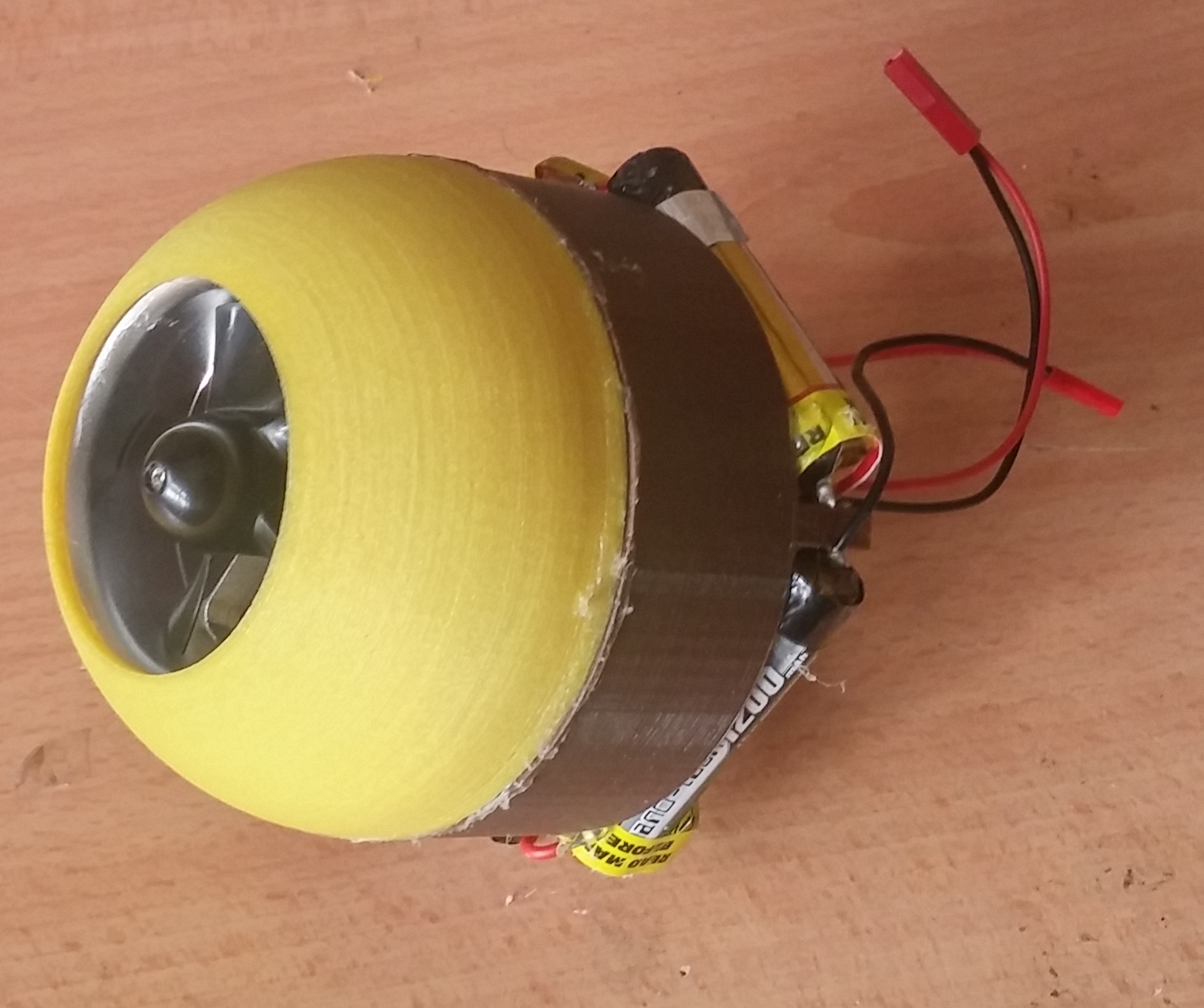
Prototype 1- codename Prime.So naturally, we extended into a bean. Also beans are awesome. The battery mounting was still a bit iffy but its an improvement. This model did not fly.
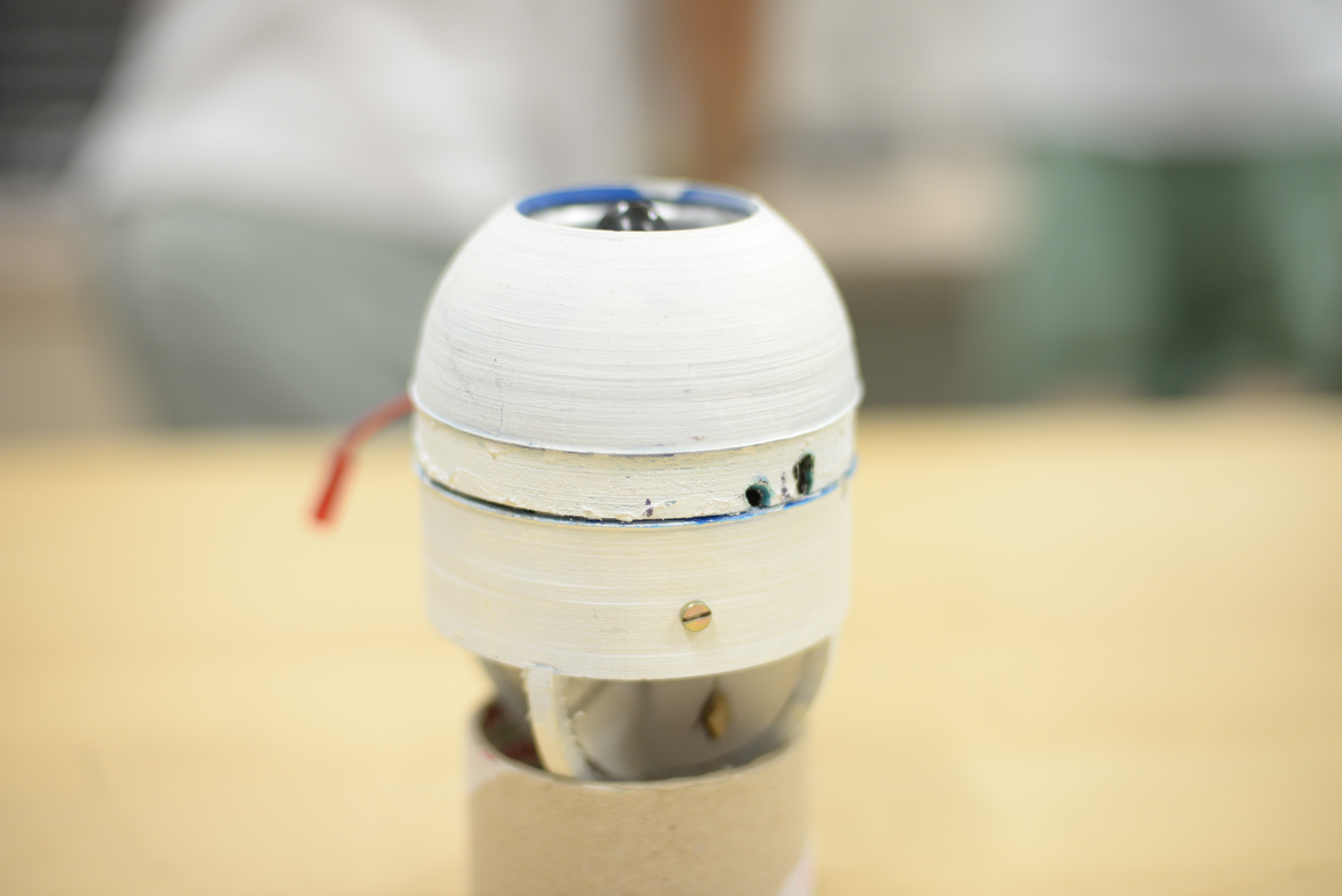
Prototype 2- codename Snow White. Snow white was a very interesting prototype as it is the only SentiBot created to have a nylon frame and its extraordinarily durable. This still uses the single EDF propulsion method.
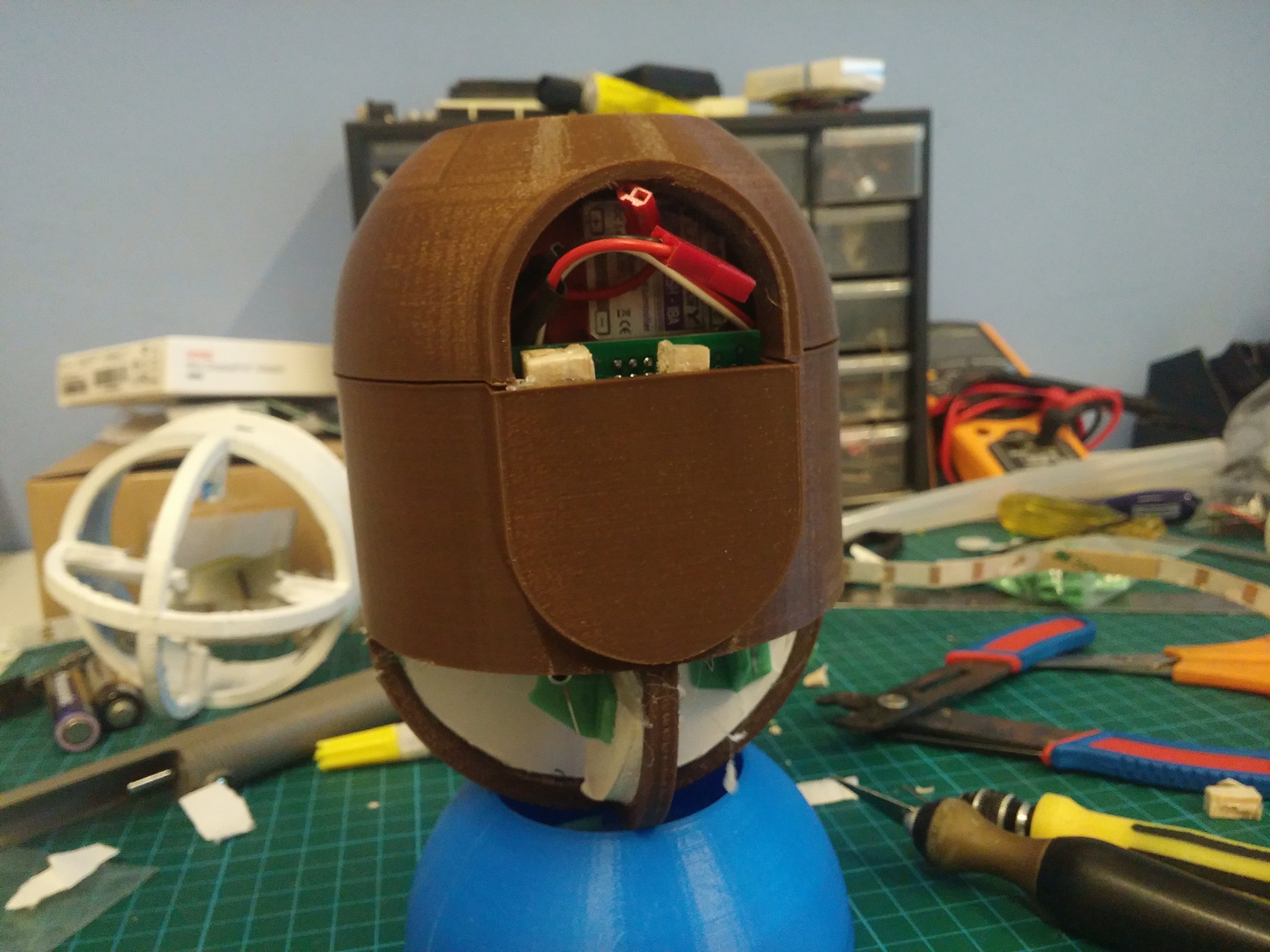
Prototype 3- codename Sentinel. This was the first SentiBot to have the hump to expand upon the spa
As the holidays roll around, students are starting to lose their purpose in life as they are bored by the lack of things to do. Therefore, naturally just like everyone else, here at MakerForce we are also hopelessly bored. However, instead of wallowing in boredom, we decided to write this small guide of random things to build when you are bored at home so that we could help some of you out.
#1: Build a cardboard house
An essential part of every builder's dream is to build you own house with the necessary internal decor that you prefer. Of course, as fellow students, we know that students generally are quite broke so we settled for a cardboard on instead. You could go actual full size cardboard house or mini highly detailed variants. Whichever path you decide to strode on, you are sure to have plenty of fun. Check out this link for some inspiration.
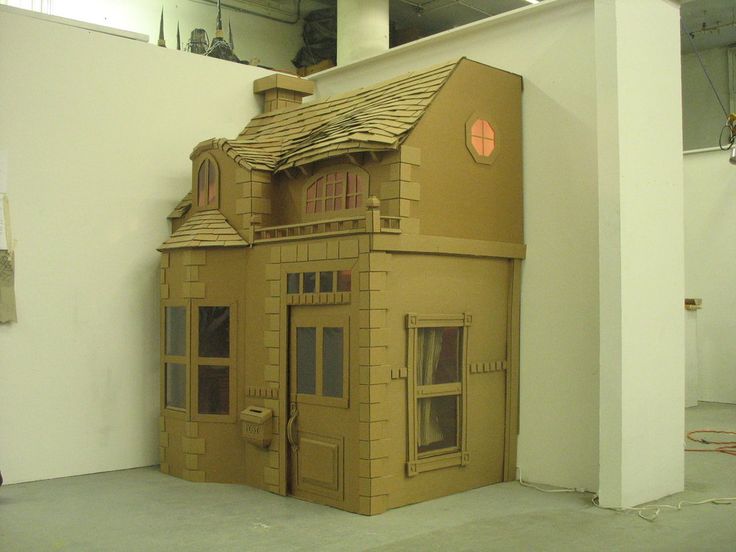
#2: Build a car
A car. A a widely used tool for transport for both humans and items, its considered extremely useful tool in the 21st cent
So this will be the first post in a series of me making my own solder reflow oven. As you all know, the number of PCB related posts are increasing steadily with EdiCopter and our custom quadcopter boards on the way. I though that this would be the perfect time to get ourselves a solder reflow oven and maybe start small scale manufacture and went over to a nearby shop and grabbed myself the cheapest toaster money could buy.
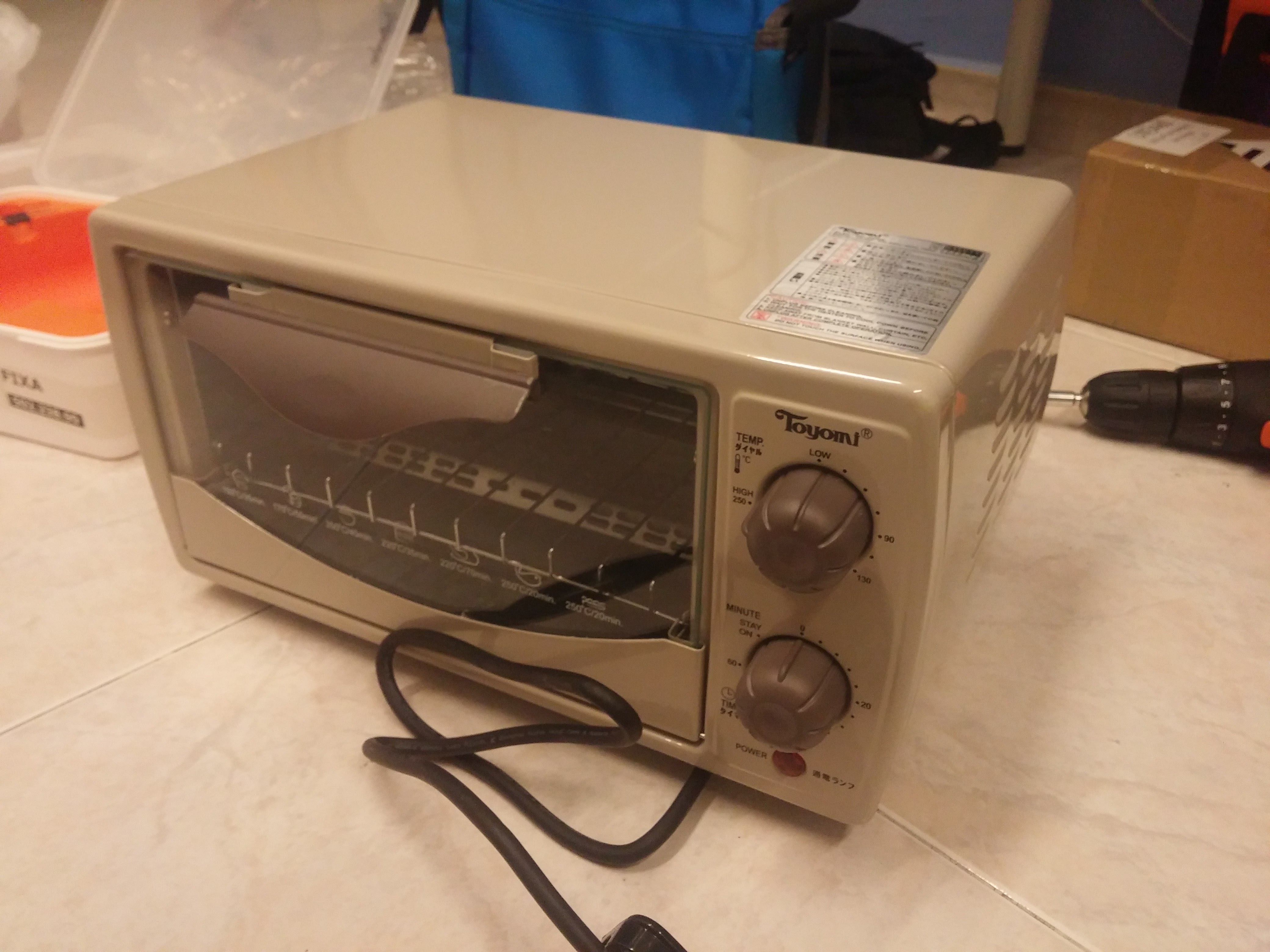
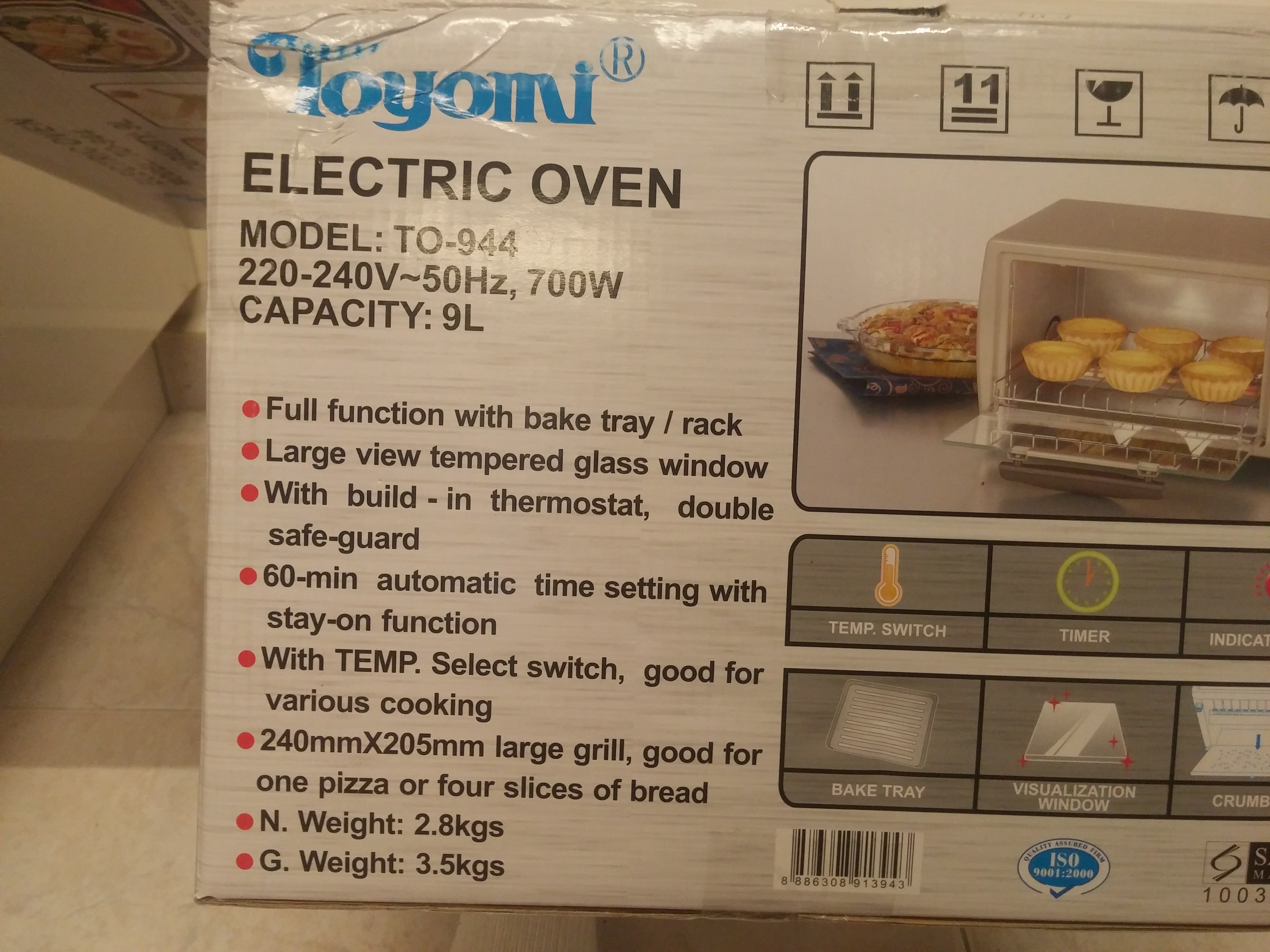
For its price, this toaster's not bad. It comes equipped with a bimetallic strip based thermostat design which is pretty commonplace in toasters these days. When the strip heats up to the right temperature, it bends away from the contact and disconnects the power to the heating element. Pretty neat low-cost mechanism.

It has a nice big cavity inside which will work wonderfully with our extra electronics inside. It looks like with the amount of space we have to work with, we could easily enclose everything within the frame itself making it look as stock as possible
Today, I went to the often infamous Sim Lim Square with JiaCheng and Daniel. It's the best place to get PC parts and certain electronics in Singapore. A large number of mobile phone accessories stores are scattered around Sim Lim Square, frequently selling large numbers of Micro USB and Lightning cables in open bins. They are sold around $8 a piece, all not worth because they go for a dollar from Taobao (and I'm sure they buy from there too), and they are made terribly. I once got cables at these kind of stores that stopped working in a month, because of terrible solder joints that I had to resolder back on.
I made a bet with JiaCheng that these stores would not sell USB Type C cables, and that if he found one, I would buy it for him. Sure enough, we came across a store that did sell USB C cables. So I wasted $8 on one, despite that I wouldn't use it because I don't have any USB C devices yet (and I doubt the quality). Of course, you shouldn't buy consumer goods at SLS.
We bought it of
It paid off.
SAFMC is an annual competition held by DSO, with five competition categories for different types of flying machines. This year, we decided to give Category D2 a try, to prepare for next year (and get a Judges Award again).
In category D2, we have to build and fly an autonomous drone through an obstacle course shared between category D1 and D2. The course is a artificial setup consisting of mostly walls.
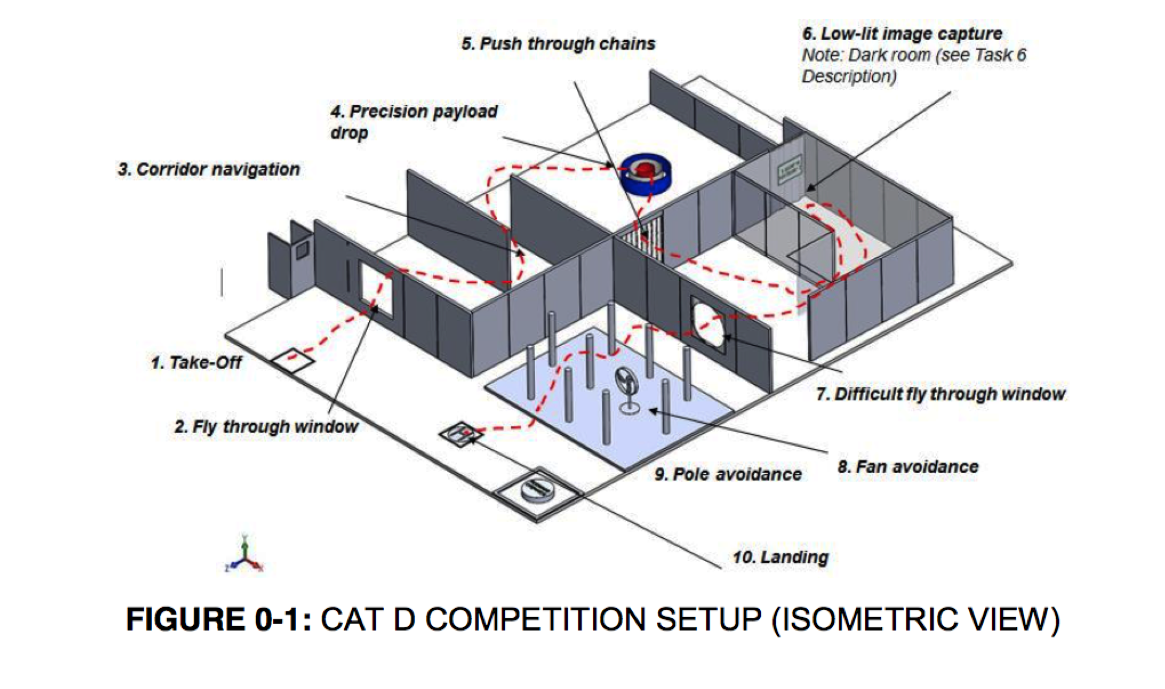
The bullseye in the center of the hall is a ball drop, and following that there is a low-light area where we have to obtain a photograph of the code printed on the board. When we participated last year, it was an open area.
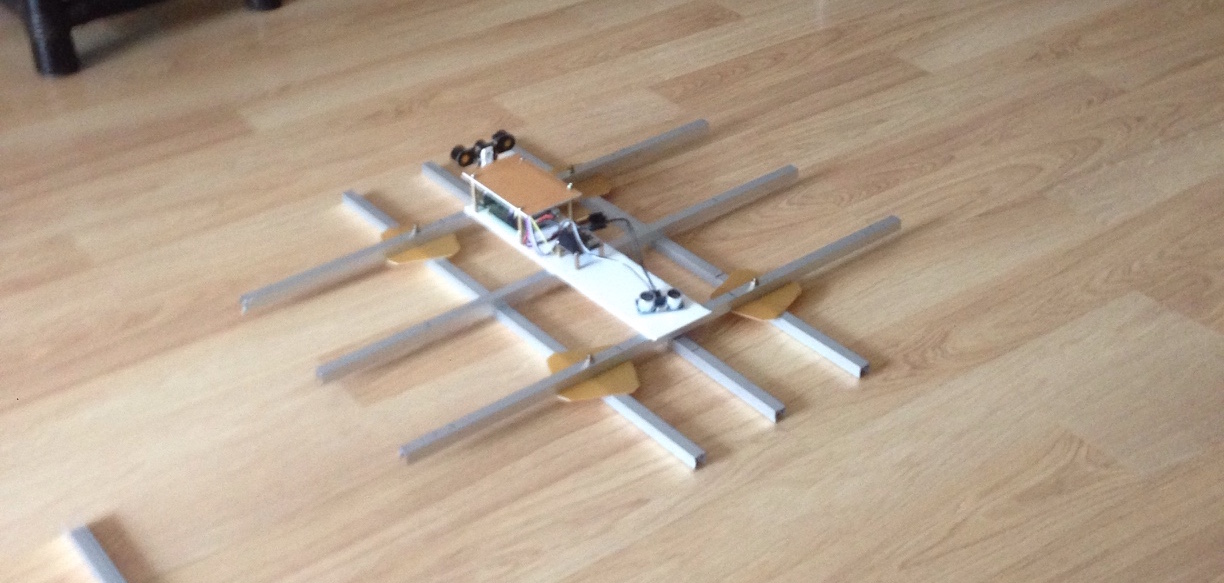
In December, we started work on a frame design. We chose a tic-tac-toe frame design because it was easy to build. For electronics, we used a Naze32 flight controller and a Raspberry Pi for our processing, mostly because we wanted to use the Raspberry Pi and not have any PWM problems.
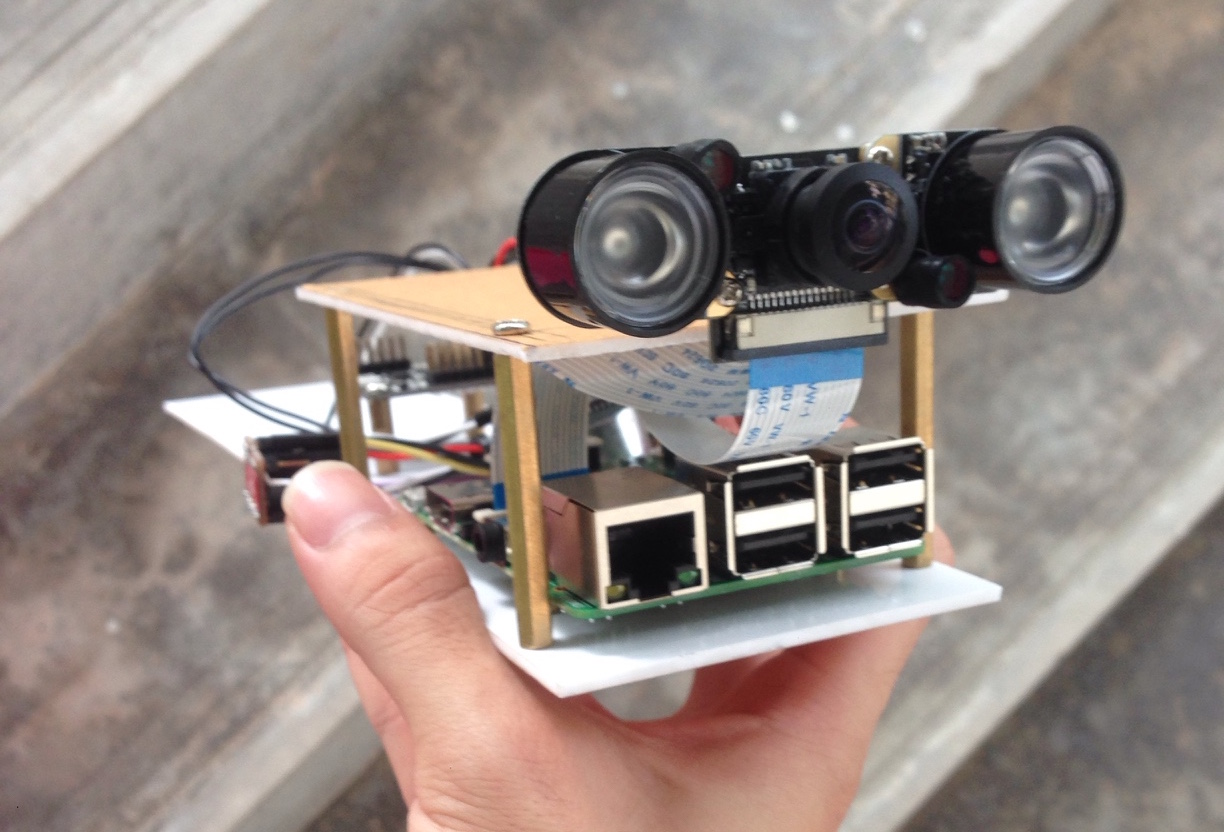
The camera was supposedly for recording a video for playback later t
Hack&Roll is an annual hackathon organised by NUS Hackers. We participated in Hack&Roll 2015 (It was our first hackathon), making this our second Hack&Roll.
There used to be more images here but I broke the links

Introduction
The Ediplane brought you a simple Intel Edison flight controller. Now, it is time to kick it up a notch. Meet EdiCopter, a full blown autonomous flight controller with many improvements and added features as compared to the EdiPlane Board.
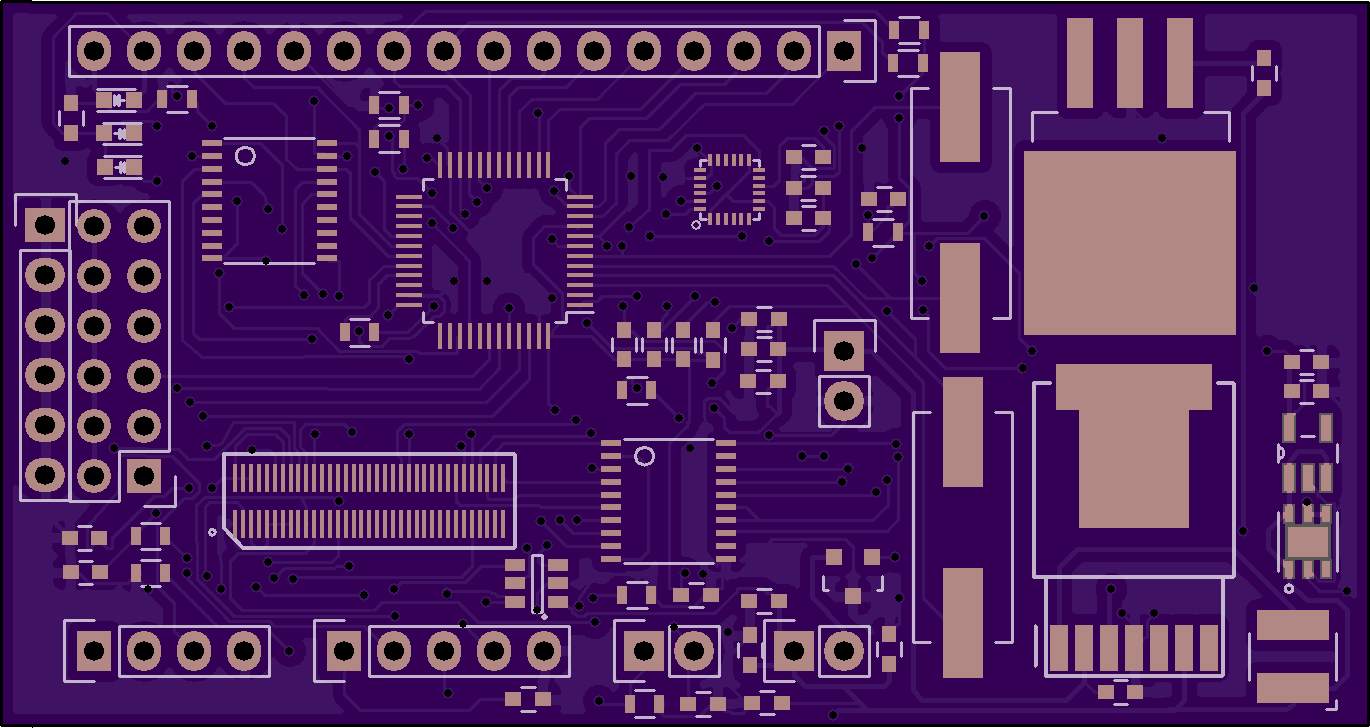
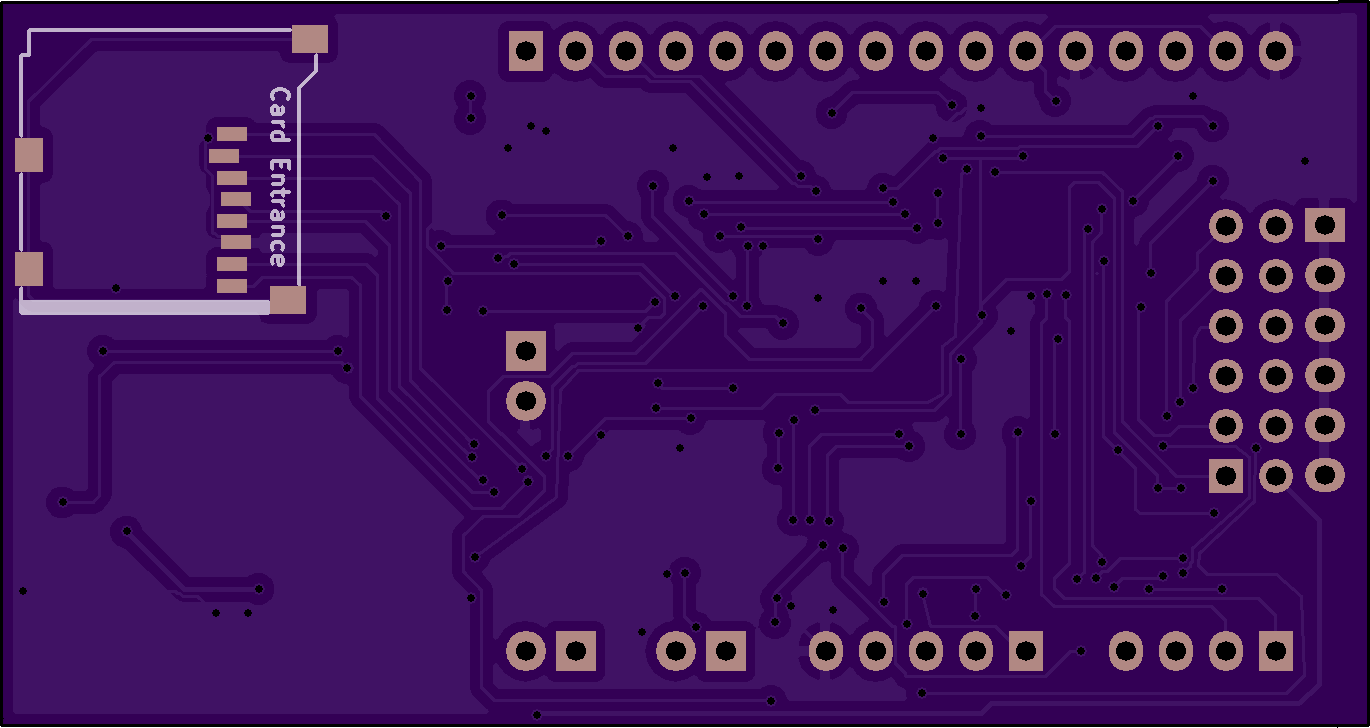
Improved feature list
- STM32uf103 microcontroller (32 bit)
- 6 PWM Outputs
- Onboard power distribution( takes 3S/4S)
- More GPIO out for convenience
- MicroSD Card for logging
- 70mm x 37mm
Documentation
We are proud to say that this is the first open-source Intel Edison based flight controller. We will release the schematics and kicad files soon once we confirm its functionality. We will post a follow up to this with testing results once we manage to assemble the board.
Potential applications
This board could be used as a autonomous drone controller which is its primary goal. However, the GPIO breakouts allow you to customize the firmware to act as a general single board computer which has a multitude of applications in all kinds of systems f
I've got to say, the life of a teenage engineer is quite hectic. Let me just give you a little taste of what it feels like. First thing in the morning of a weekday, I need to drag myself out of bed at around 4am to go to school. That's the easy part. Returning back home, I'll find myself drifting straight into my room for my fix of afternoon/evening tinkering. I'll either be working on one of my long term projects like SentiBots or more short term ones that come and go. At around 8pm, the sight of my bag sitting there unopened, jolts me from my focus on the project and most likely I'd remember that undone physics assignment that was due 2 weeks ago.
Of course, there are things I find more productive to work on than homework, but unfortunately the progress of human civilization has left me in this world of homework and studying. On top of the stress of school on an ordinary teenager, I have pressing world engineering problems like the world energy crisis to solve in my free time and the

















